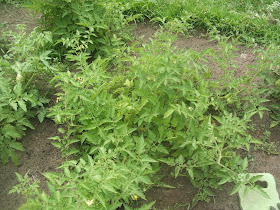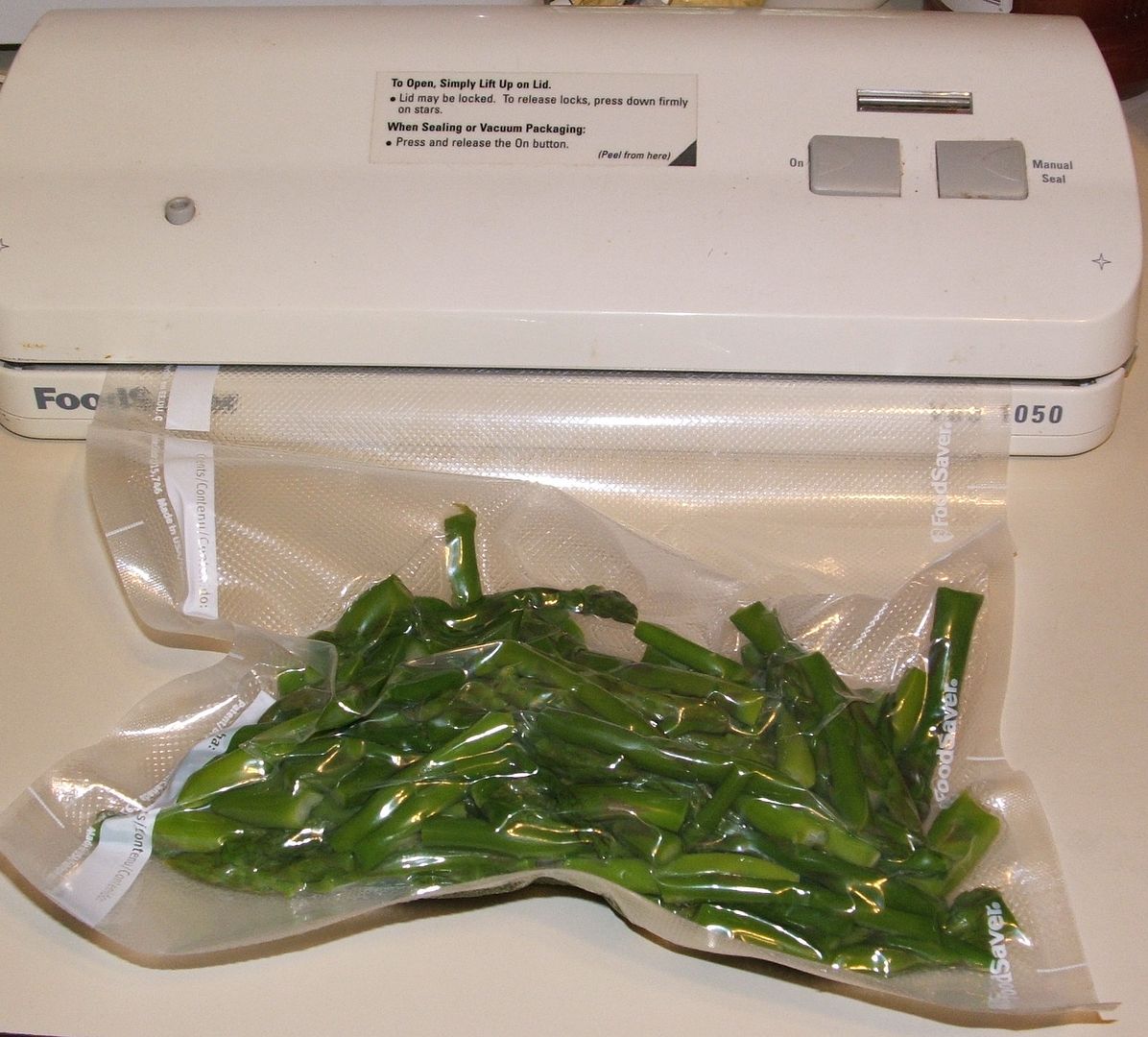"He who gathers crops in summer is a wise son, but he who sleeps during harvest is a disgraceful son."
Proverbs 10:5
This verse has to do with laziness and perseverence.
When fruit and vegetables are ripe they must be harvested immediately otherwise they will rot or more likely they will be eaten by squirrels, racoons and birds. It has happened to me twice: once with my sour cherry crop and the other time with my concord grapes. I was so exhausted and I knew that the fruit was ripe but I said to myself "I can just pick them tomorrow." It's shocking how quickly birds can devour cherries off of a cherry tree. I was able to harvest maybe 1/3 of what had been there the previous day - it truely was a disgrace.
When we are most exhausted is when the harvest is the most plentiful - and I believe that it is the same with our spiritual life. During times when I am most tired are when situations arise where I need to "step up to the plate" and be of service to someone else. For example - Maybe you just got home from a tiring day at work and the annoying neighbor is asking if you've seen his lost dog. "Stepping up to the plate" would be going out and helping him search for his dog even though you're exhausted. Or maybe you've just finished grocery shopping - your cart is full and both your children are very cranky but you notice this little old lady struggling with 1 grocery bag. "Stepping up to the plate" would be carrying that 1 grocery bag and helping her to her car even though it's on the opposite side of the parking lot from your car. These situations would glorify God and are all part of God's spiritual harvest.
It's a test really and endurance develops our character.
Let's always pray for God's strength but especially during harvest time.
Proverbs 10:5
This verse has to do with laziness and perseverence.
When fruit and vegetables are ripe they must be harvested immediately otherwise they will rot or more likely they will be eaten by squirrels, racoons and birds. It has happened to me twice: once with my sour cherry crop and the other time with my concord grapes. I was so exhausted and I knew that the fruit was ripe but I said to myself "I can just pick them tomorrow." It's shocking how quickly birds can devour cherries off of a cherry tree. I was able to harvest maybe 1/3 of what had been there the previous day - it truely was a disgrace.
When we are most exhausted is when the harvest is the most plentiful - and I believe that it is the same with our spiritual life. During times when I am most tired are when situations arise where I need to "step up to the plate" and be of service to someone else. For example - Maybe you just got home from a tiring day at work and the annoying neighbor is asking if you've seen his lost dog. "Stepping up to the plate" would be going out and helping him search for his dog even though you're exhausted. Or maybe you've just finished grocery shopping - your cart is full and both your children are very cranky but you notice this little old lady struggling with 1 grocery bag. "Stepping up to the plate" would be carrying that 1 grocery bag and helping her to her car even though it's on the opposite side of the parking lot from your car. These situations would glorify God and are all part of God's spiritual harvest.
It's a test really and endurance develops our character.
Let's always pray for God's strength but especially during harvest time.

















































